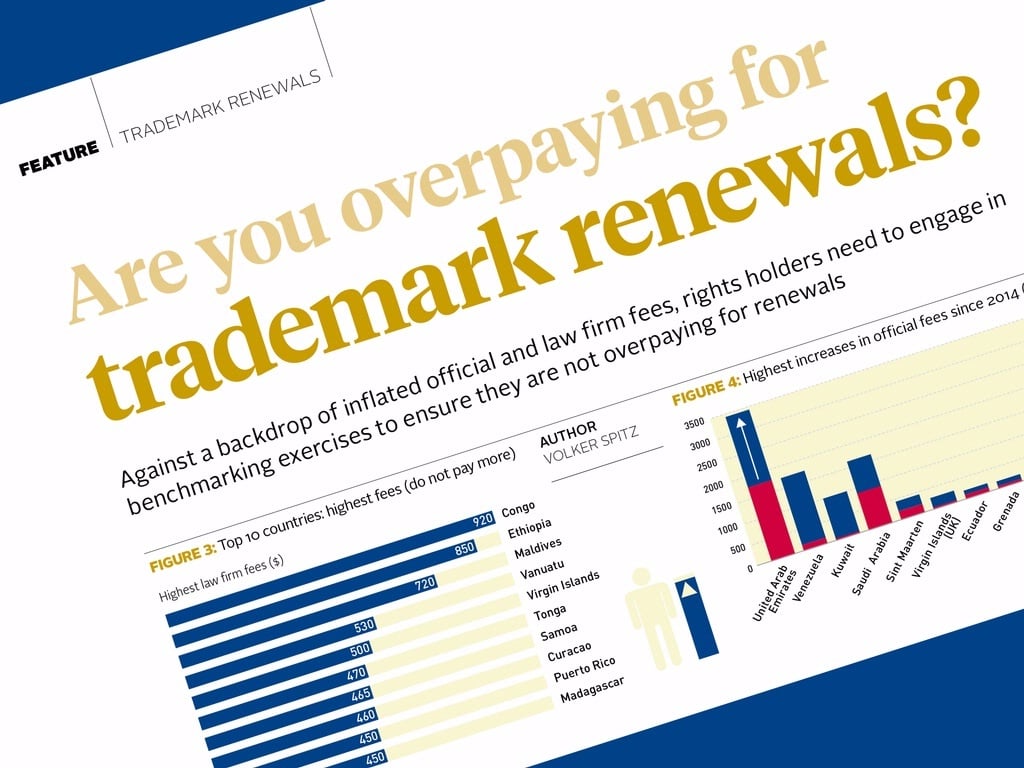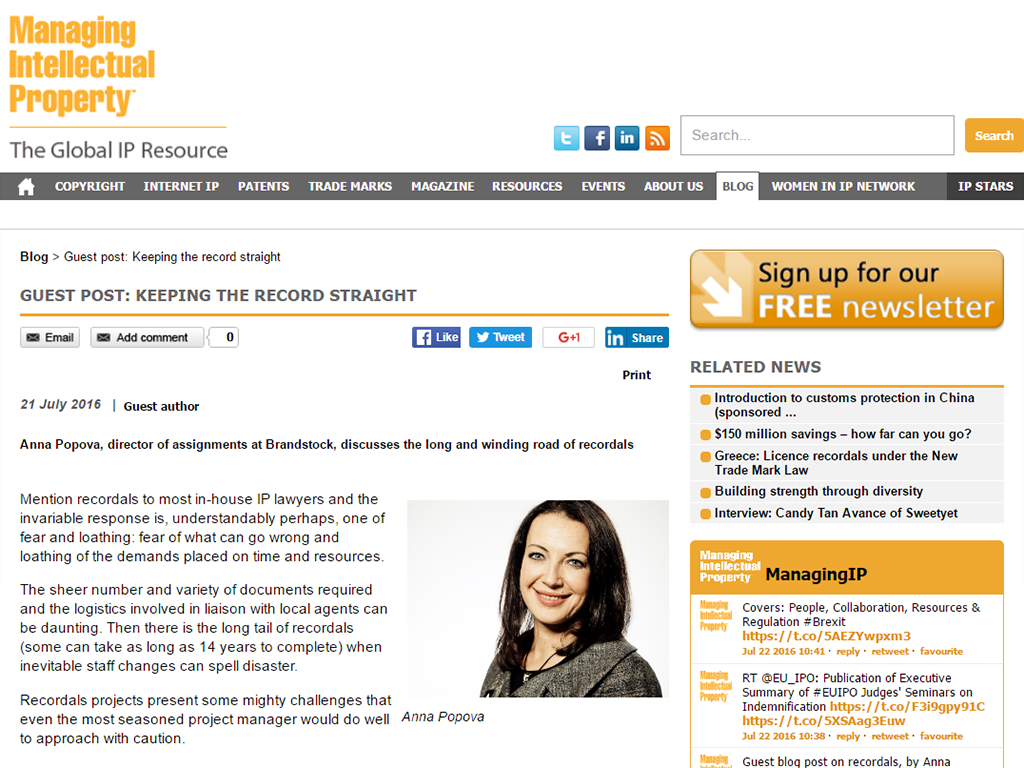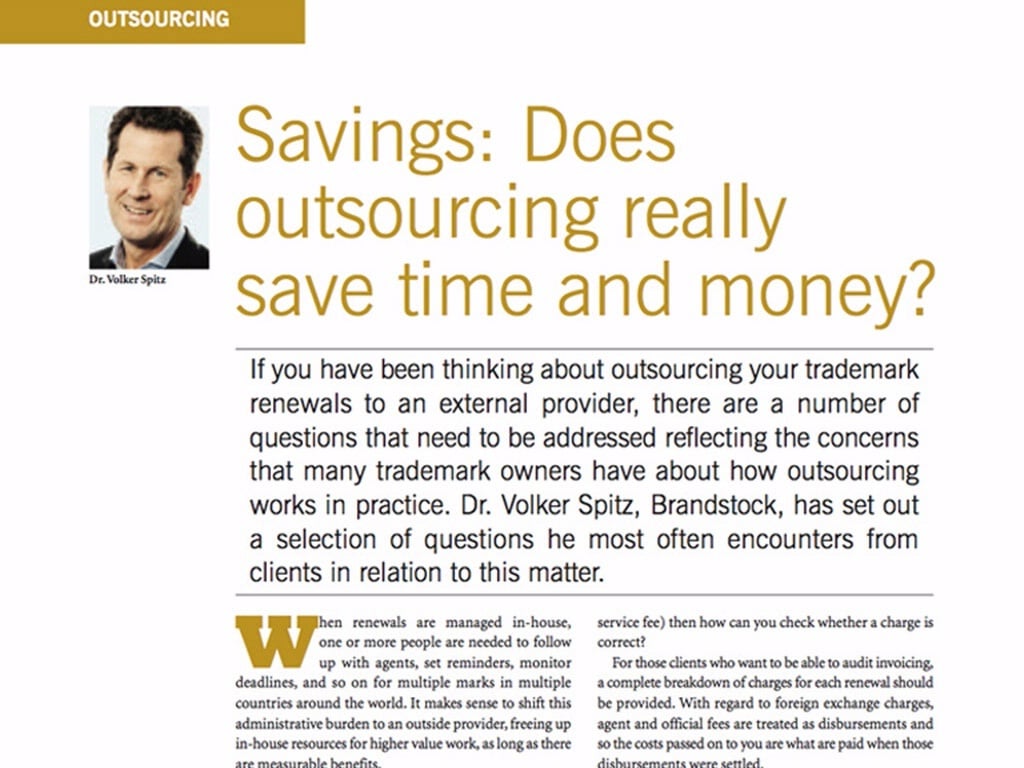5 tips for in-house legal counsel: how to do more with less
It’s a common challenge for in-house legal departments: how to achieve better results with fewer resources.
On its own, it should be relatively straightforward to improve results. Similarly, it shouldn’t be too difficult to reduce costs. Doing both at the same time, however, requires a frank assessment of current expenditure and what is being delivered, in order to identify potential areas for savings.
While all departments will have different strengths and weaknesses, there are a few things that are likely to assist any in-house legal team in achieving savings and improvements at the same time.
Preparing the annual legal deparment budget is always a struggle?
Find out the best practices!
1. Audit current performance
You can only identify potential savings if you understand what you’re spending to achieve a given outcome at present. Monitoring against KPIs will help, as will ensuring your budget is detailed and accurate for needs of the department.
More broadly, understanding where your big costs fall is key. Are you spending large amounts of money on external legal counsel? If so, might you make some savings there, especially when it comes to more routine matters?
2. Identify potential savings
When working through your in-house legal department expenditure, it makes sense to prioritise the low hanging fruit. Some things cost a lot of money for good reason – challenging, unusual legal issues are likely to require external counsel whatever your best efforts, and while you might be able to lower some of those costs, it’s unlikely that this is your best opportunity for savings. A good place to start might be to look at the routine elements of your in-house legal work. Small savings on a large volume of activity will likely have a larger, more sustainable impact, and is also likely to be less risky.
3. Consider RFPs
Many in-house legal departments have begun to employ requests for proposals in their legal services procurement process. This has several advantages for your in-house team. It allows you to refresh your external legal counsel’s approach to client service and pricing, by putting them in competition with alternative suppliers, which can potentially generate cost savings and service improvements.
It gives respondents to the RFP the opportunity to suggest things that you may not have thought of yourselves, which may help you improve outcomes. And perhaps most importantly, putting out an RFP forces you to clearly define the scope of work you require. This can prevent ‘mission creep’ and ensure that you only pay for what you need.
4. Look at alternatives
Perhaps the most effective way of saving money while improving performance is to consider alternatives to external law firms, or indeed to your own in-house legal team, for managing certain elements of your legal work.
Document management and docketing, litigation support, prior art search and IP asset management are all examples of areas in which an alternative legal services provider may prove less costly and perhaps also better than using external counsel or your own in-house legal team.
There are several advantages to using an alternative legal services provider to manage your trademark portfolio, for example. Their foreign agent network may well be more cost-effective than your own, due to the high volume of work they manage; they have experience dedicated to trademark management as a core activity, whereas for your in-house team it may be peripheral to the core of your work; and an alternative provider is likely to be more cost-effective, since the business model depends on systematising processes effectively to achieve the correct result.
More generally, using alternative legal services provision potentially allows you to increase work volume at times of high pressure without having to add headcount to your in-house legal department.
5. Treat it as an ongoing task
One potential danger of analysing where you can make cost savings and improve performance is that you treat it as a one-time endeavour. While this will save you money in the short term, an approach in which bringing oversight and discipline to all your costs and activities as an in-house legal department on a continuous basis is likely to ensure you can maximise efficiency in the longer term.


































































































































